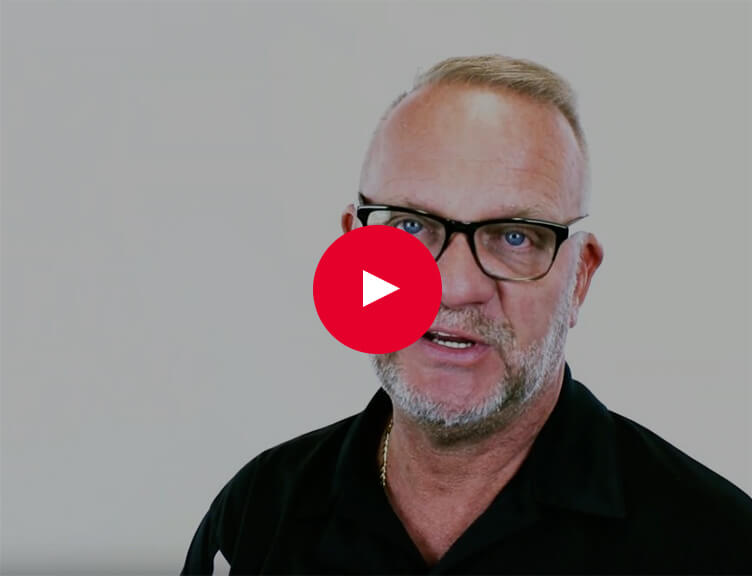What’s the difference between sealers, coatings and floor systems?
Sealers
A sealer is typically anything that would be applied 5 mils thick or less and is used to seal and protect an existing surface.
An example of a high-quality sealer is Tri-Chem’s 144 Water-Based Hybrid Urethane Coating. This sealer is an ideal finish coat for all vertical and horizontal surfaces. It is abrasion and scratch resistant and designed to protect any surface, including: VCT, ceramic tile, concrete, epoxy, paint, metal, wood and more. Sealers not only protect existing surfaces, but can brighten up a room with a glossy finish and create an easily maintainable surface.
Floor Coatings
A floor coating is the next step up from a sealer and is usually between 5 mils and 20 mils thick.
An example of a durable floor coating is Z-Poxy, a 100% solids, no VOC coating. This super-strength epoxy coating is made for high-traffic floors and gives old, worn-out floors an abrasion-resistant surface that can stand up to acids, solvents, alkalies and temperature changes. Floor coatings also often come in a variety of colors.
Floor Systems
Lastly, floor systems are made up of several components. They range anywhere from 20 mils to 1/2 inch thick.
Our most popular floor system, 377, is available in both slurry-applied and trowel-applied versions. It has no VOCs and resists all kinds of harsh chemicals, making it an ideal coating for processing plants and commercial kitchens. 377 has a coefficient of expansion similar to that of concrete allowing it to tolerate thermal shock and temperature swings. This floor system has a topcoat component, 377 D, that is used to make 377 TR and 377 SL more durable and easier to clean.
Forget hiring contractors, reduce downtime, and keep your production running smoothly with Tri-Chem’s On-Site Epoxy & Urethane Training Program. Train your entire staff to prep, patch, coat and seal. → Sign Up


